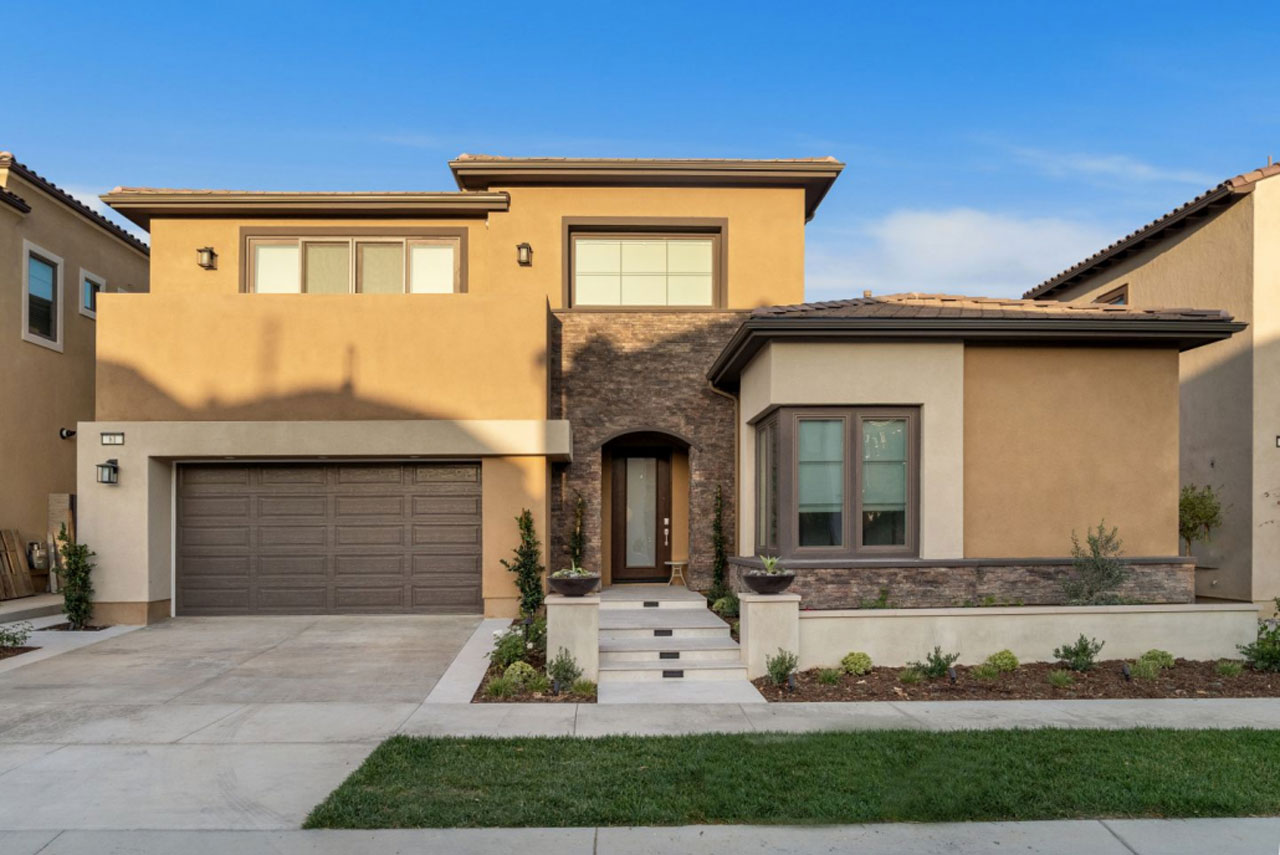
A contractor utilizes a landscape design to balance man-made architecture with the beauty of nature. It incorporates five basic elements that all coalesce into the final product; a beautiful yard space.
The reason a landscape design is used is to plan out the overall appeal of the yard space and maximize the intended vision.
The arrangement and modification of features in a landscape, urban region, or garden is known as landscape design. It entails the creation of urban and rural environments through the planning, designing, and management of open areas.
This can be integrated into a wide range of projects, including parks and other open areas, gardens, sports fields, and expansive estates like housing developments, business parks, academic institutions, hospital complexes, and so forth.
It could be used as part of a biodiversity offset program to help alleviate the potential loss of habitat brought on by new development, or it could be used to regenerate or enhance sites like brownfield sites or contaminated sites.
The purpose of these five basic elements is to serve as a balance between all the existing aesthetics that are used when designing a yard space. Deciding on the plants, hardscapingHardscaping refers to the non-living elements of landscaping, such as stone, brick, concrete, wood, ..., lines, and form, as well as the color, are all important features that should seamlessly co-exist with one another.
When these five elements are perfectly aligned, it creates a phenomenal space that is truly breathtaking to behold.
Plant material refers to the organic and natural plants that are positioned around the yard. Depending on the design, you will choose between trees, bushes, flowers, and a range of other natural pieces that add to this element.
There are various plants to consider, such as the size and types of trees, bushes, flowers, and beds that may be placed in the yard space. When considering what plants are chosen, it is important to look at the overall aesthetic that the space will have. This assists you in understanding what difference certain plants will make and how each one changes the emotion that is evoked by it.
To choose the right plant material, the need and style of the overall design must be taken into regard. If there is a need for bug and mosquito repellents for a nearby water feature, you will opt for plants that are naturally good at repelling bugs. If you would like an open space surrounded by nature, a good idea could be to incorporate large trees that still give you access to the yard as a whole.
Hardscape materials refer to man-made structures and non-living materials that will be used in the design. This includes pieces such as stone, steelSteel is a strong, durable alloy made primarily of iron and carbon, commonly used in construction an..., stairs, walls, structures, and anything else you may utilize in the design.
A good example of an effective hardscape material would be that stone. Stone is used in many forms throughout the garden to present an overall natural look whilst maintaining a strong visual appeal. Stone can take the form of patio bases, pathways, and statues.
Much like plant material, the surrounding environment needs to be taken into regard when deciding on hardscape material. Each material has its own visual appeal. If you wanted to make your landscape more intimate, incorporating a stone path through the lush vegetation would serve to boost the design whilst seamlessly adding to the plant material. It is important that both plant and hardscape materials coincide with each other and not conflict with one another
Lines and forms are important in a landscape design because it dictates the overall feel of the yard space as a whole. Utilizing this correctly is a great way to ensure that there is cohesion in the design whilst bringing out the best features of each piece.
Lines are used to the controlling movement. A great way to think about this is with the example of a walkway. Using a walkway to separate certain flowerbeds from one another or one side of the design from another is a great way to utilize straight, horizontal, and vertical lines. Curved lines can be used to highlight a feature such as a pond or a pergola.
Forms refer to the overall form that every piece within the design holds. If you want your landscape to feel all-natural and organic, the form of the plants and hardscaping would reflect that in their shape with interesting designs that are not rigid. More formal gardensFormal gardens are highly structured, symmetrical landscapes that often feature geometric patterns, ... utilize form in the sense of cohesion.
Most plant materials are of the same shape and height whilst also being well-maintained and trimmed. Using form to create a balance throughout the landscape design provides the space with an overall stronger aesthetic.
Color is important in every facet of our lives. It captures the eye and draws it toward certain points. It can be used to make a statement or to be more subtle. It can cause feelings of tranquility or excitement and beauty.
Utilizing color in a garden can boost the overall visual appeal and aesthetic tremendously.
Using a good mix of colors or even one cohesive pallet is a great way to improve the beauty of your landscaping design. Cooler colors are more tranquil, still, and calming to the eye. These are colors like blues and purples. Warmer colors evoke a feeling of excitement, movement, and passion. Fiery colors such as reds, oranges, and yellows form a part of the warmer pallet.
When using colors, it is important to remember the feelings and emotions that come with each. With a colder color theory embedded into the garden, it could create a peaceful environment that lowers stress whilst providing beauty.
Using warmer colors has the ability to refill your energy and produce a great levelA level is a tool used to determine whether a surface is horizontal (level) or vertical (plumb). It ... of happiness whilst still looking visually appealing. Choosing the right color pallet for your landscape design depends on your intended outcome.
Last but not least are your garden accessories. These are the additions that you make within your garden that add to its overall appeal. With the simple addition of a pergola, you can create a new communal space within the design that prioritizes enjoying the beauty of its surrounding environment.
A simple water feature can assist in lowering stress levels whilst serving as a fantastic focal point in any design, both inside and outside. Oftentimes, the accessories that go into the design serve as the focus of the yard space whilst the elements that surround it highlight it through beauty and cohesion.
The most important step when designing a landscape is having a talented team of professionals that are able to turn a simple design into a living, breathing work of art.
West Hills Masonry has years of experience in creating stunning landscape designs that truly bring out the best in every space. Your landscape and hardscape projects are important, and securing a passionate partner that focuses on providing you with the best possible service is important.
To receive the assistance that you deserve, choosing the right landscape contractor is key, and your dreams can finally take on their real and beautiful form. Email us at Info@westhillsmasonry.com or contact us at 714-519-5009 at West Hills Masonry today!
 Carlos Gonzales
Carlos GonzalesLocations We Serve
Schedule A Consultation